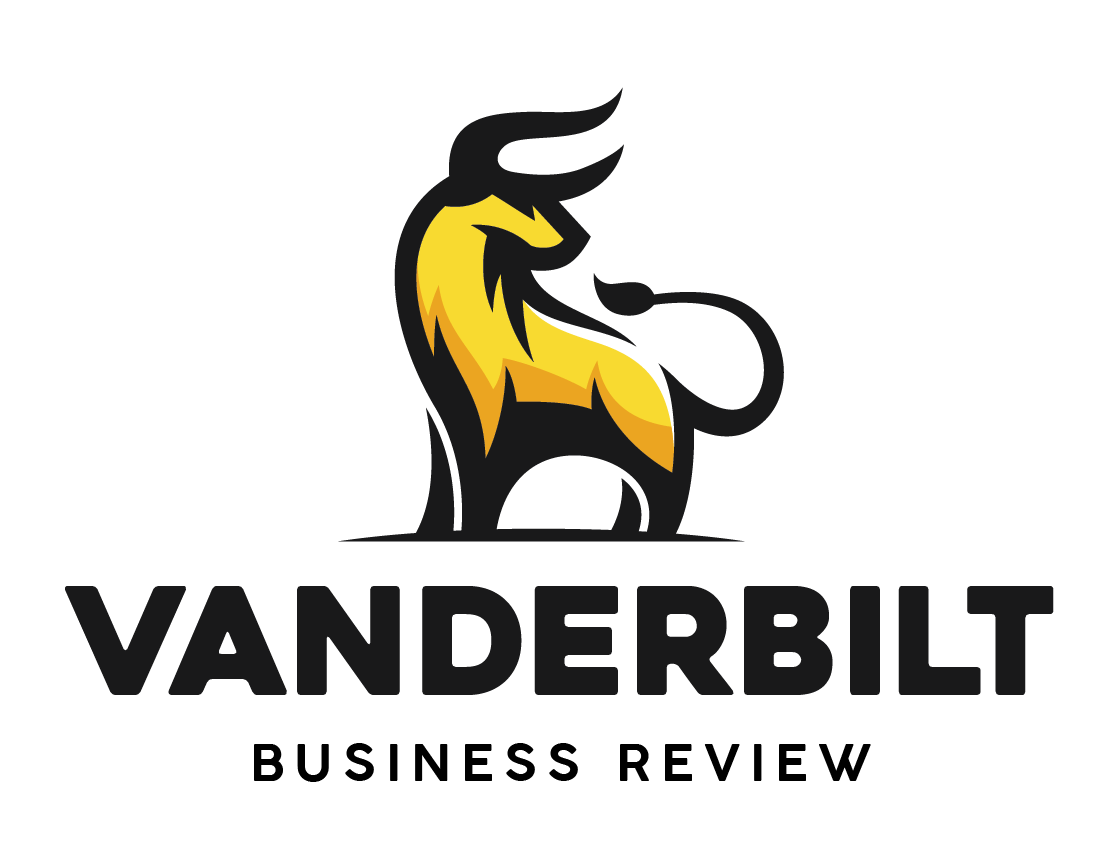Art Wager via iStock
In October 1928, the Vanderbilt Commodores football team edged the University of Texas Longhorns 13-12 for what would be the last time they played each other in nearly 100 years. They are finally slated to cross paths again on Oct. 26, 2024. While this matchup may seem strange, there’s a reason why the two teams are now playing again after nearly a century spent apart – money. In 2021, the University of Texas and the University of Oklahoma stunned the college sports world by announcing their intentions to leave the Big 12 and join the SEC. While this move was framed in terms of competitiveness and the desire for a higher level of competition, the underlying motive was clearly financial.
A major driver of commercialization in the NCAA is the exploding value of television and streaming rights. The SEC is widely regarded as the most lucrative football conference in college football. It consistently produces top-tier teams, and its media deals with ESPN and other networks are among the most valuable in college sports. In 2020, the SEC inked a 10-year, $3 billion deal with ESPN for exclusive broadcast rights to the conference’s football games, a deal that takes effect in 2024. Streaming services are also entering the mix, with companies like Amazon and Apple showing interest in securing college sports rights. As more games move to digital platforms, conferences like the SEC are poised to benefit from lucrative streaming deals. These deals not only bring in more revenue for schools but also provide broader exposure, allowing brands to grow their fan base beyond traditional media markets.
Nearly every part of college sports, and football in particular is monetized – this year, for example, the NCAA rules changed to allow the use of tablets on the sidelines. Within weeks, Microsoft and Apple had inked deals with the major conferences putting their devices in the hands of coaches across the NCAA. The addition of Texas and Oklahoma will only enhance the value of future contracts, as the combined fan bases of these schools bring millions of additional viewers. By joining the SEC, Texas and Oklahoma stand to benefit from these massive television contracts the conference commands, so the deal offers a significant financial upside for both parties.
While this realignment promises to bring more competitive matchups and enhance the revenue potential for all parties involved, it also raises concerns about the future of smaller programs. As the power conferences become more commercially focused, smaller schools within those conferences (for example, Vanderbilt in the SEC) and schools in smaller conferences (for example: FSU in the ACC) may struggle to keep up, both financially and competitively, as the share of the media distribution becomes more and more concentrated towards the top. The gap between the “haves” and “have-nots” in college sports could widen, creating a two-tiered system where only the richest programs can compete at the highest levels.
This conference realignment is part of many recent NCAA changes commercializing the sport. Another massive change to the landscape within recent years was the implementation of the NIL (Name, Image, Likeness) program, which functionally allows schools and their affiliated boosters to engage in “pay to play.” Vanderbilt has already struggled to maintain financial competitiveness in the SEC NIL scene. In 2023, Vanderbilt Football brought in $37 million of revenue, a far cry from Alabama’s $130 million. With the addition of Texas and Oklahoma, two massive brands with some of the most valuable NIL funds, Vanderbilt’s uphill battle continues.
To its credit, Vanderbilt is doing its part to stay competitive in the SEC. Recent developments include the Frist Athletic Village, a $300 million dollar investment in athletic facilities currently in progress. The athletic department has seen some key wins recently – using NIL to land QB Diego Pavia is seeming to be a huge success, and the baseball team was recently awarded team-wide NIL contracts. However, they will need to heavily invest in athletics to stay competitive in a shark tank Southeastern Conference that is beginning to look more like an NFL minor league every season.
The move of Texas and Oklahoma to the SEC, and their upcoming presence on Vanderbilt’s schedule, is ultimately a reflection of the increasing commercialization in college. Financial incentives, particularly from media deals and corporate sponsorships, are driving realignment and reshaping the NCAA’s future. As the power conferences continue to expand and monetize their brands, the nature of college athletics is transforming, with both positive and negative implications for schools, athletes, and fans alike. The age of amateurism may be giving way to a new era where the line between college and professional sports continues to blur. The impacts of this for Vanderbilt are a mixed bag. On one hand, Vanderbilt benefits from the increased media revenue and national exposure that comes along with this commercialization, but may struggle to keep up with powerhouse athletic brands in the long run as college sports becomes more and more financially stratified.



